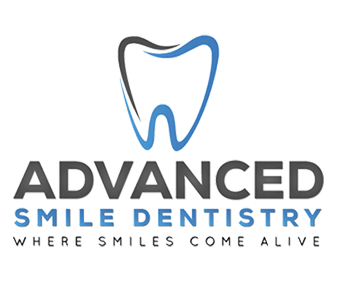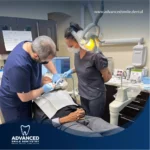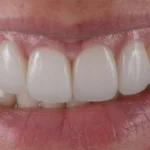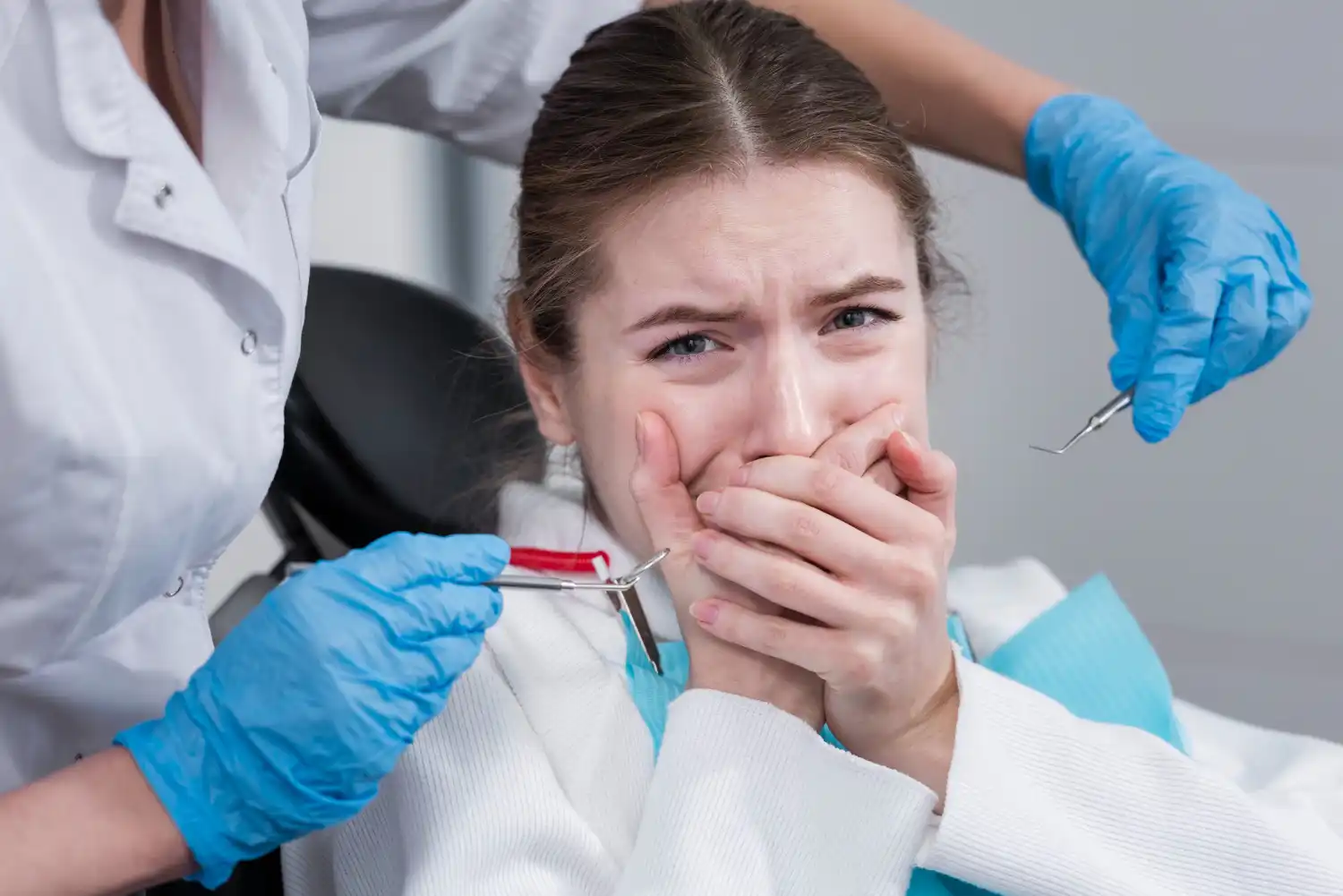Anxiolysis in Dental Practice
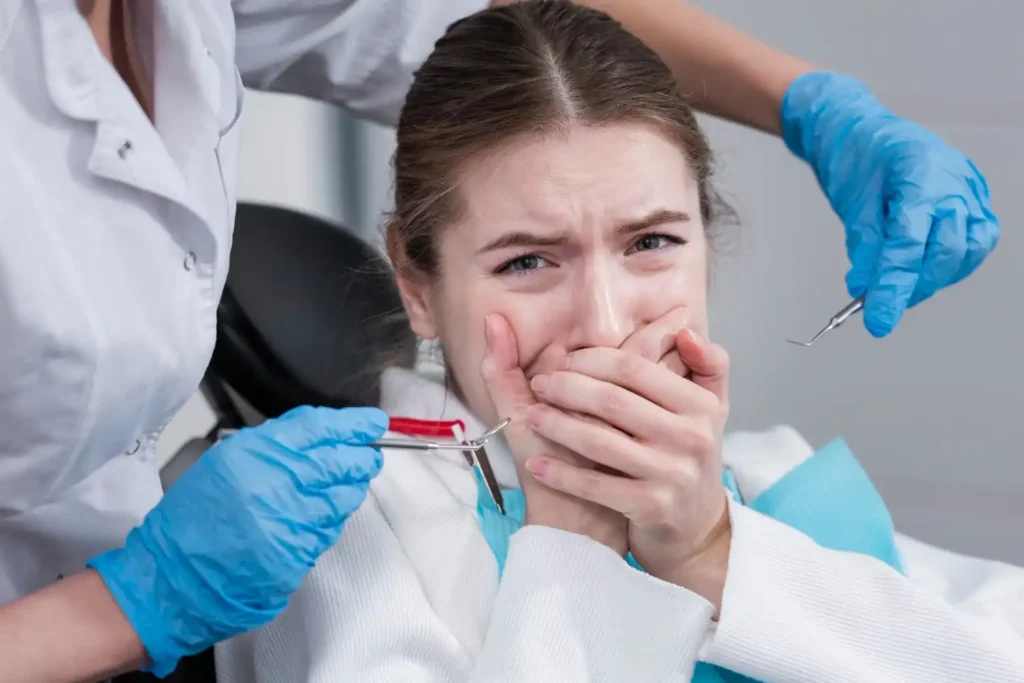
#1What is Anxiolysis?
Anxiolysis refers to the reduction or alleviation of anxiety and anxiety-related symptoms. It is a medical term used to describe the process or state of reducing anxiety and promoting a sense of calm or relaxation in a person.
Anxiolysis can be achieved through various methods, including medications called anxiolytics (such as benzodiazepines), psychotherapy, relaxation techniques, meditation, and other forms of stress-reduction strategies.
Anxiolysis is often employed in medical and dental settings, where patients may experience anxiety or fear related to procedures or treatments. For example, a dentist may use anxiolysis techniques to help a patient relax before a dental procedure.
The goal of anxiolysis is to create a more comfortable and relaxed state for individuals who are experiencing anxiety, allowing them to better cope with stressful situations or medical procedures.
It is important for healthcare providers to choose the most appropriate and safe methods for anxiolysis based on the individual’s needs and the specific context in which it is applied.
#2How to use Anxiolysis in Dental Practice?
Using anxiolysis in dental practice is essential to help patients who experience dental anxiety or fear feel more comfortable and relaxed during their dental appointments. There are several approaches and techniques that dental professionals can employ to achieve anxiolysis:
- Effective Communication: Start by establishing open and clear communication with the patient. Allow them to express their concerns, fears, and questions. By understanding their specific anxieties, you can tailor your approach accordingly.
- Provide Information: Explain the dental procedure in detail to the patient. Knowledge about what to expect can help alleviate some anxiety. Use simple and non-threatening language to describe the process.
- Create a Comfortable Environment: Ensure that the dental office environment is welcoming and comfortable. Use soothing colors, calming music, and pleasant decor to create a relaxing atmosphere.
- Consider Pre-Appointment Consultations: For patients with severe dental anxiety, consider having a separate consultation appointment before the actual procedure. This allows you to discuss the treatment plan, answer questions, and address concerns without the pressure of immediate treatment.
- Behavioral Techniques: Implement behavioral techniques such as distraction and positive reinforcement. Engage the patient in conversation or provide distractions like television or music during the procedure.
- Nitrous Oxide (Laughing Gas): Nitrous oxide is a mild sedative that can induce a state of relaxation and calmness. It is commonly used in dental practices to reduce anxiety during procedures.
- Oral Sedation: In some cases, oral sedation medication may be prescribed before the appointment to help the patient relax. This should be administered under the guidance of a trained professional and with the patient’s informed consent.
- Intravenous (IV) Sedation: For patients with more severe anxiety or those undergoing extensive dental work, IV sedation may be an option. This is administered by an anesthesiologist or a dentist with specialized training in sedation dentistry.
- General Anesthesia: General anesthesia is used for complex dental procedures or for patients with extreme anxiety or medical conditions that prevent other forms of sedation. It renders the patient completely unconscious during the procedure.
- Psychological Support: Referring patients to a psychologist or counselor who specializes in dental anxiety can be beneficial. They can provide techniques to manage anxiety and offer coping strategies.
- Post-Procedure Care: After the procedure, ensure the patient receives proper post-operative care instructions and pain management if necessary. A positive experience during recovery can reduce future anxiety.
- Follow-Up: Schedule follow-up appointments to monitor the patient’s oral health and address any concerns they may have. Building a trusting, long-term relationship with the patient can reduce anxiety over time.
It’s crucial for dental professionals to evaluate each patient’s level of anxiety and their specific needs to determine the most appropriate approach to anxiolysis.
#3What are the differences between anxiolysis vs sedation?
Anxiolysis and sedation are two different approaches to managing anxiety and discomfort in medical and dental procedures. They vary in terms of their effects, methods of administration, and depth of relaxation or consciousness they induce.
Here are the key differences between anxiolysis and sedation:
1. Depth of Consciousness:
- Anxiolysis: Anxiolysis aims to reduce anxiety and promote relaxation, but it typically does not alter the patient’s level of consciousness significantly. Patients remain awake and aware during the procedure, although they may feel more at ease and less anxious.
- Sedation: Sedation involves the use of medications to induce a state of relaxation and altered consciousness. Patients under sedation may experience varying levels of consciousness, from minimal sedation (awake and alert) to moderate sedation (conscious but drowsy) to deep sedation (barely conscious) depending on the type and amount of medication administered.
2. Methods of Administration:
- Anxiolysis: Anxiolysis is often achieved through non-pharmacological methods, such as effective communication, creating a calming environment, and using relaxation techniques. It can also involve the use of anxiolytic medications, but these are typically in lower doses than what is used for sedation.
- Sedation: Sedation involves the use of sedative medications, which can be administered through various routes, including oral (pill or liquid), intravenous (IV), intramuscular (IM), or inhalation (as in the case of nitrous oxide). The choice of method depends on the desired level of sedation and the specific procedure.
3. Level of Anxiety Reduction:
- Anxiolysis: Anxiolysis primarily focuses on reducing anxiety and promoting relaxation. It is often suitable for patients with mild to moderate anxiety or those undergoing less invasive procedures.
- Sedation: Sedation is used when a higher level of anxiety reduction or pain control is required. It is commonly employed for patients with moderate to severe anxiety, for more invasive procedures, or for patients who have difficulty cooperating during the procedure.
4. Patient Awareness:
- Anxiolysis: Patients undergoing anxiolysis remain fully aware of their surroundings and can communicate with the healthcare provider throughout the procedure. They may feel more comfortable but are not typically drowsy or unconscious.
- Sedation: Depending on the level of sedation, patients may experience reduced awareness or recall of the procedure. In deep sedation or general anesthesia, patients are not aware of the procedure at all.
5. Safety and Monitoring:
- Anxiolysis: Anxiolysis is generally considered safer and requires less monitoring than sedation. It is often used for procedures with a lower risk of complications.
- Sedation: Sedation, especially moderate and deep sedation, requires more rigorous monitoring of vital signs, such as heart rate, blood pressure, and oxygen saturation. Specialized training and equipment are necessary to administer and monitor sedation safely.

